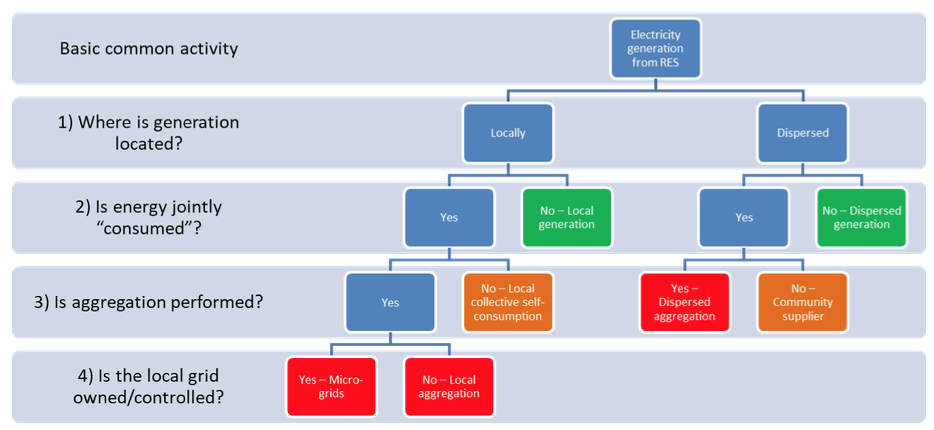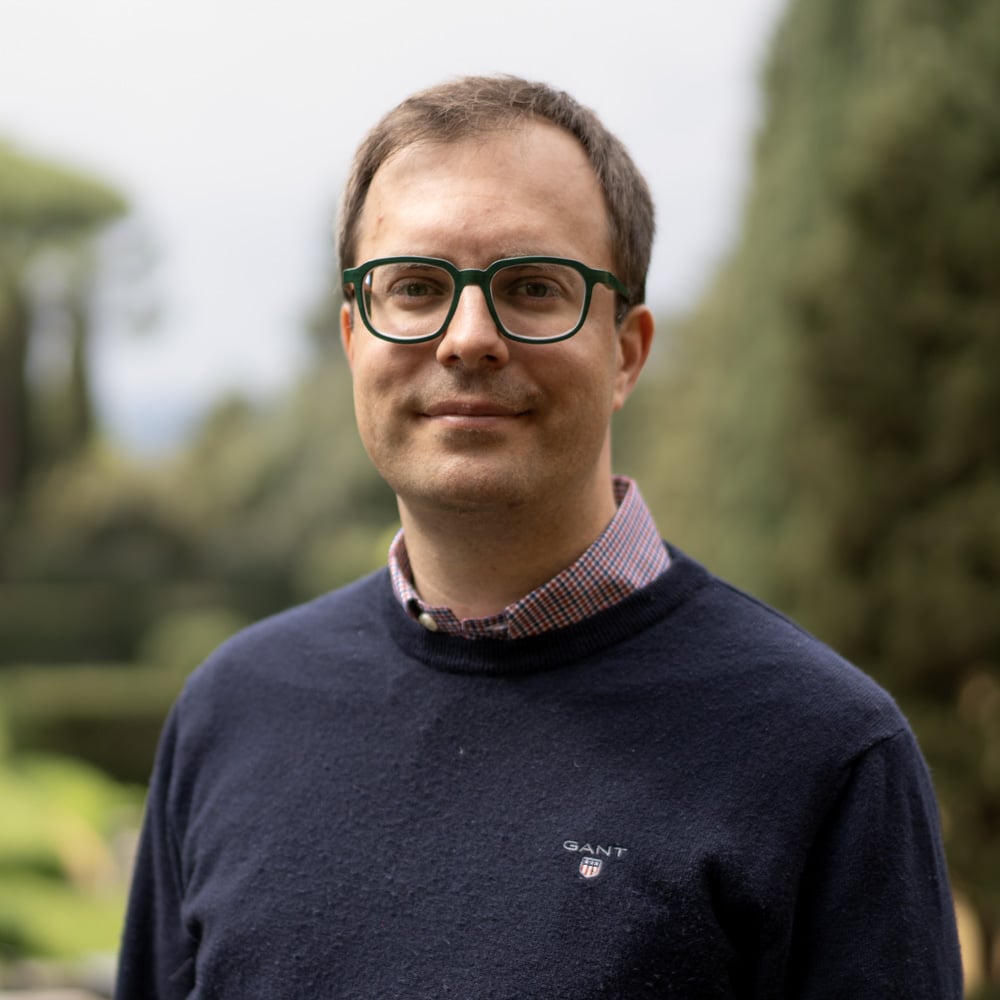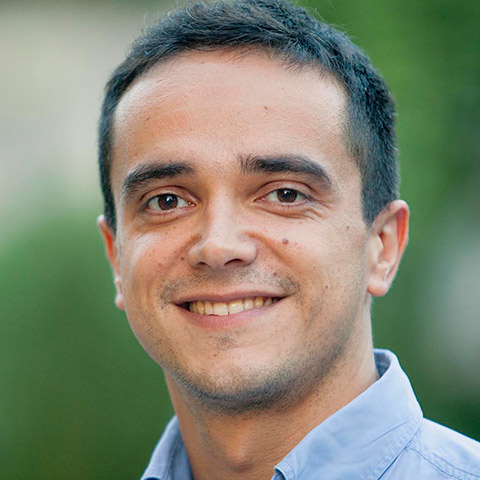Citizens taking the initiative: two case studies of community-led renewable energy initiatives
by Nicolò Rossetto and Stefano Verde (FSR Energy & Climate)
Over the past years, energy communities in the form of renewable energy-related initiatives led by citizens, local authorities and non-energy small and medium enterprises (SMEs) have spread across Europe (and beyond), gaining a growing role in the transition towards a more decarbonised and decentralised energy system (Wierling et al., 2018). These initiatives are usually characterised by some form of democratic control or ownership by the people involved – the legal form adopted, for instance, is frequently that of a cooperative. However, apart from that, they tend to differ in several aspects. Some of them are limited to a restricted geographical area, while others span entire countries or are even cross-border in nature. In some cases, they only deal with electricity, while in others they contemplate alternative energy carriers too. Some of them carry out only one activity (e.g., electricity generation from renewable energy sources – RES), while others perform several functions (e.g., generation and supply of electricity to end-users). Further, in certain cases the economic outcome of collective action is the main concern, while other initiatives are more oriented to non-economic objectives like strengthening social bonds or fighting climate change (Bauwens, 2016; Bauwens and Devine-Wright, 2018; Moroni et al., 2019).
Energy communities are a multi-faceted and evolving phenomenon whose impact on the energy system depends on many elements. A taxonomy is needed to understand such impact and the future of citizens-led energy initiatives.
A taxonomy is needed to understand this multi-faceted phenomenon from the point of view of the energy system. Focusing on communities that produce electricity from RES, a classification can be built based on two dimensions, namely the geographical scope and the other core energy-related activities performed (see Fig. 1).

In this classification, the first step is represented by the joint generation of electricity from RES. This activity can be performed locally, that is close to the members of the community, or it can be dispersed over a wide area, meaning that the power plants are far from community members. The electricity generated can be simply fed into the grid and “sold” to an off-taker, or it can be “consumed” by the community itself (step 2). Depending on the spatial dispersion of the generating assets, the rules of the electricity market and the regulation of electricity networks, such “self-supply” by the community can take the form of local collective self-consumption (CSC) or that of a community supplier. In the first case, each community member retains a conventional supplier for residual demand not satisfied by the local community generating asset(s), while in the second case it is the community itself that acts as a conventional supplier of energy for its members.
A community can also go one step further and engage in aggregation or even in the establishment and operation of a micro-grid (steps 3 and 4). In both cases, the community actively steers the production and consumption patterns of its members in order to optimise the use of the energy resources controlled by the community itself (e.g., distributed generation, electric vehicles, storage units, connections with the public grid, etc.).
Although the availability of accurate and comparable statistics is limited, most energy communities in the past years have been primarily involved in generation only. Thanks to generous subsidies and declining technology costs, groups of citizens, public authorities and SMEs invested significantly in common generation units and fed most of the energy produced directly into the public grid.
This state of things may be changing for several reasons. On the one hand, the phase-out of feed-in tariffs and their replacement with other forms of support, to be granted through auctions and tenders, are making the investment in small-scale renewable assets less attractive for communities, especially if production is the sole activity performed. On the other hand, the digitalisation of energy is opening many new opportunities, including the activation of retail-size units and easier community governance. On top of this, the Clean Energy Package, adopted by the EU in 2018-19, formally introduces legal definitions for citizens and renewable energy communities (so-called CECs and RECs) and obliges member states to adopt several measures to facilitate their emergence.
As a result, the future development of community energy in Europe may be driven by communities that perform local self-consumption or act as integrated suppliers of energy services for their own members. These new and emerging types of communities must be investigated and that is what the FSR has been recently doing under the FRESCO project.
Three case studies have been conducted so far. Two of them will be presented in this Topic of the Month. In particular, the next instalment is going to introduce the case of an Italian renewable cooperative that operates as a community supplier, dealing both with generation and supply of electricity to its members, but also interested in offering additional services like counselling on energy efficiency. The following instalment, on the contrary, is going to describe the development and regulation of local collective self-consumption of electricity from renewables in France.
Though very much different from one another, these case studies show how multi-faceted the phenomenon of community energy is and provide insights on the way policy and regulatory choices affect how citizens take the initiative in the unfolding energy transition.
Acknowledgements
The Florence School of Regulation would like to thank Fondation Tuck for its financial support to the FRESCO project.







